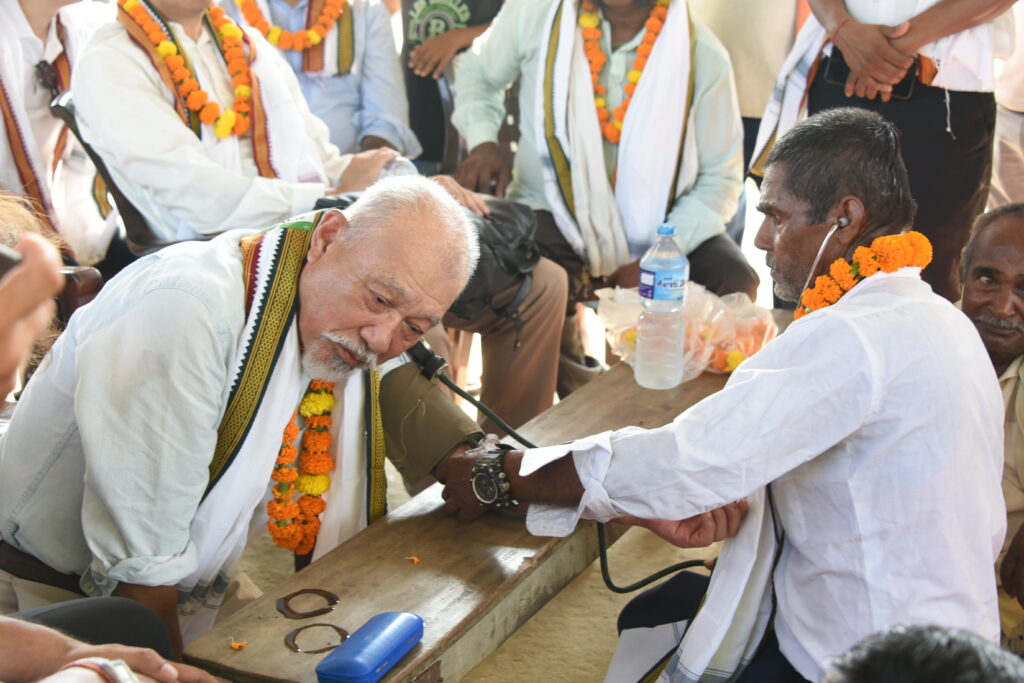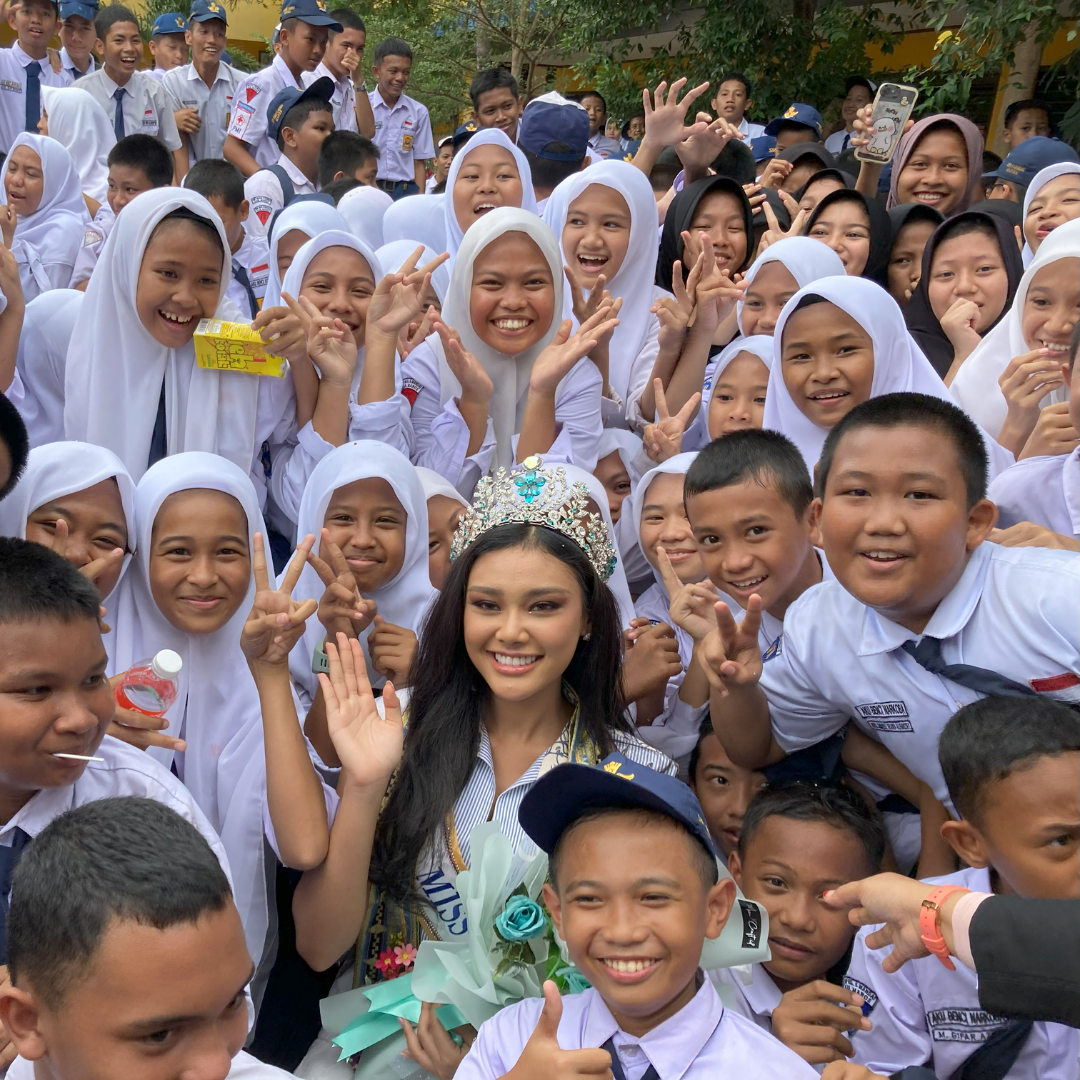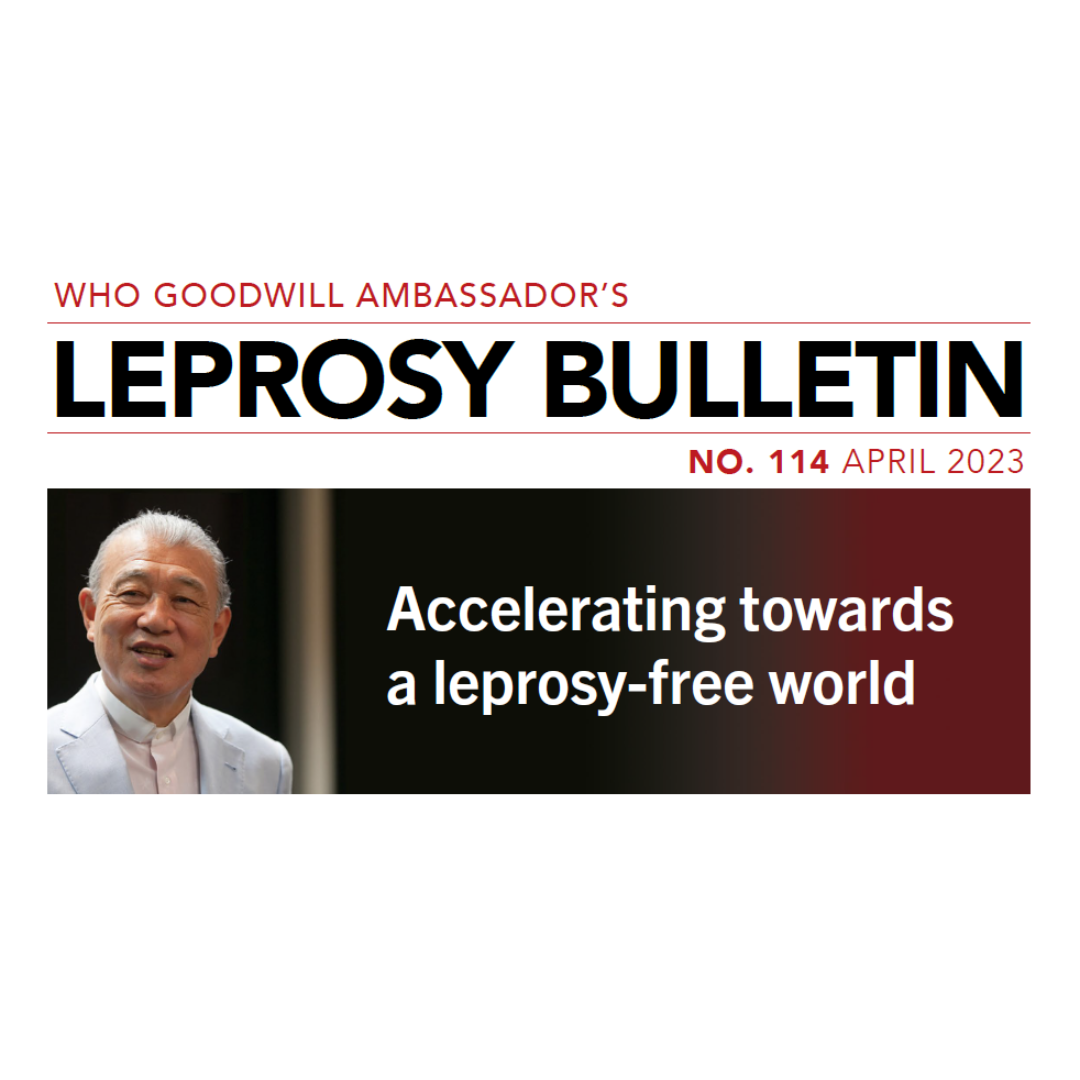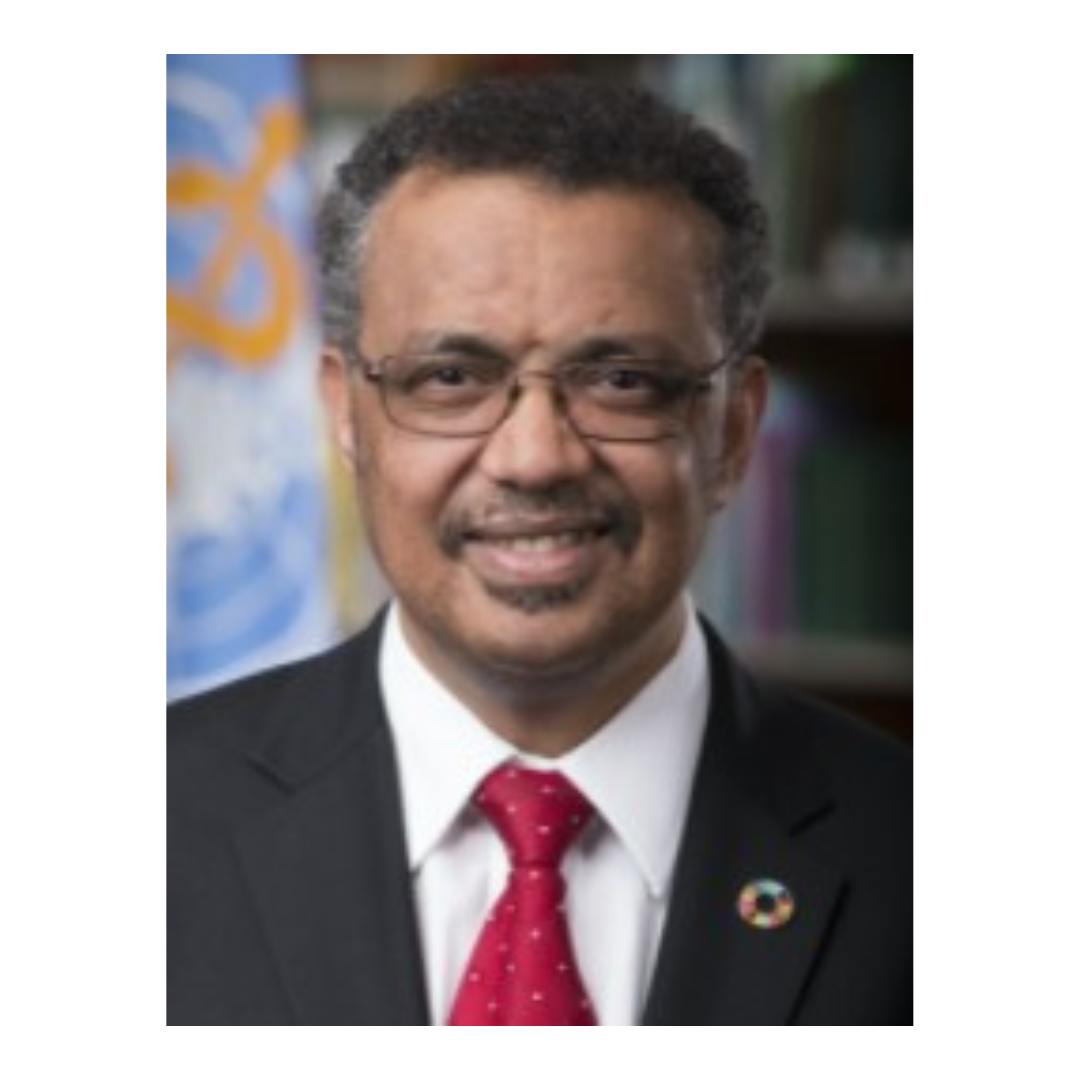
In September, I visited Nepal for the first time in 10 years. I met with President Ramchandra Paudel and Prime Minister KP Sharma Oli to ask them to reinvigorate leprosy control activities now that the worst of the COVID-19 pandemic has passed. They agreed to hold a national leprosy conference to kick off intensified efforts.
From Kathmandu, I traveled to Madhesh Province, which has the largest number of leprosy patients in Nepal. I met with Chief Minister Satish Kumar Singh, and I also visited the Lalgadh Leprosy Hospital and Services Centre. The hospital is located near the border with India, and Indian citizens account for 34% of the hospital’s patients. I was impressed by how the hospital treats all patients equally and free of charge, regardless of their nationality.
The self-help groups established and supported by the hospital are more than just mutual aid organizations; they are actively involved in patient identification, disability care, peer counseling, livelihood improvement, and awareness-raising. Wherever they are present, stigma and discrimination are significantly lower than in other areas. The Madhesh Province self-help groups are a model for what is possible, and I want to support the emergence of more groups like this.
At the end of my trip, I was pleased to visit the Nepal Mountaineering Association (NMA), where Mingma Gyabu Sherpa, the mountaineer who held up a “Don’t Forget Leprosy” banner at the top of Mt. Everest, is an executive board member. I am grateful to the board for agreeing to spread word of the campaign through its international network. I ended my visit to Nepal feeling inspired and freshly committed to achieving zero leprosy.

Yohei Sasakawa
WHO Goodwill Ambassador for Leprosy Elimination









